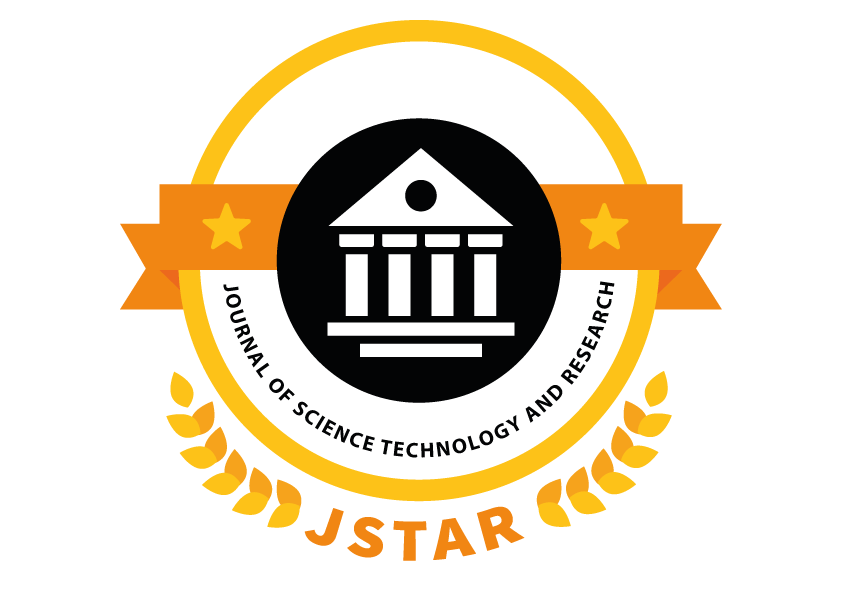Author:
Bavadharani M , A. Reyana , Dr Uma SPublished in
Journal of Science Technology and Research( Volume , Issue )
ABSTRACT:
Soft Tissue Tumors (STT) are rare sarcomas that affect muscles, fat, nerves, and connective tissues. Due to their low frequency and heterogeneous appearance on MRI scans, doctors often misidentify them as other conditions like fibroadenoma or lymphadenopathy. These diagnostic errors negatively affect patient treatment outcomes. Although researchers have developed AI models for tumor classification, most fail to address data imbalance and image inconsistency. This study proposes a Machine Learning Improved Advanced approach that uses refined preprocessing, resampling methods, and deep learning algorithms. These methods reduce data bias and enhance classifier accuracy. Specifically, our approach uses artificial neural networks to support early detection and accurate diagnosis of STT. The system processes MRI images, detects texture and structural patterns, and predicts tumor type. This AI-driven solution offers improved performance over traditional diagnostic tools, helping doctors make faster, more reliable treatment decisions and improving patient care in oncology.
INTRODUCTION:
Soft tissues include muscles, fat, vessels, and nerves that support body organs. Tumors in these tissues, called Soft Tissue Sarcomas (STS), can grow anywhere in the body. Diagnosing these cancers is difficult due to image noise, the tumor variation, and misleading visual patterns. Although MRI is widely used, its inconsistencies and lack of clarity hinder accurate interpretation. Humans have limited ability to detect subtle MRI texture changes, making diagnosis challenging. To solve this, researchers now apply Machine Learning Improved Advanced techniques. These systems process MRI data to detect and classify tumors more effectively. Our proposed AI model uses textural features, shape data, and deep learning to enhance diagnosis. It overcomes issues like data imbalance and heterogeneity, which typically reduce model accuracy. By automating tumor recognition, the system helps doctors identify cancers early and choose better treatments. This technology has become an essential part in modern medicine and supports precision oncology.

